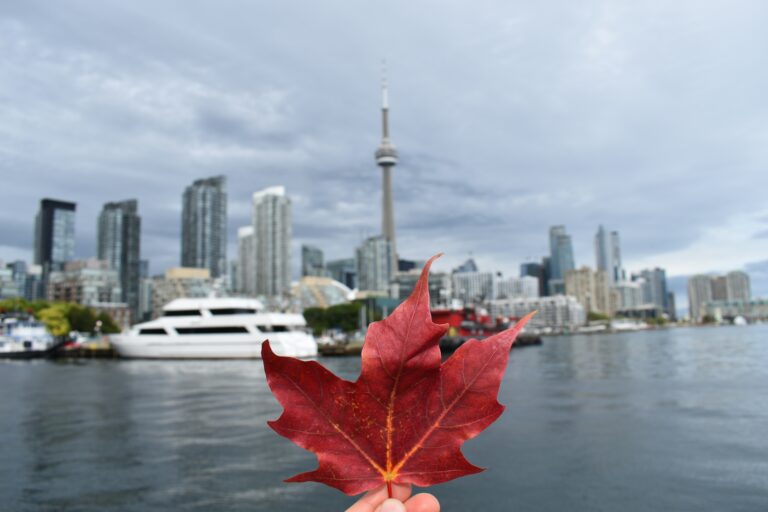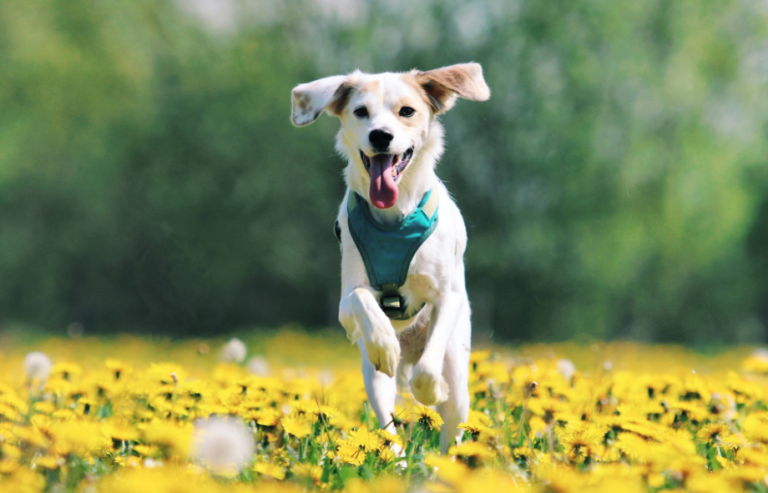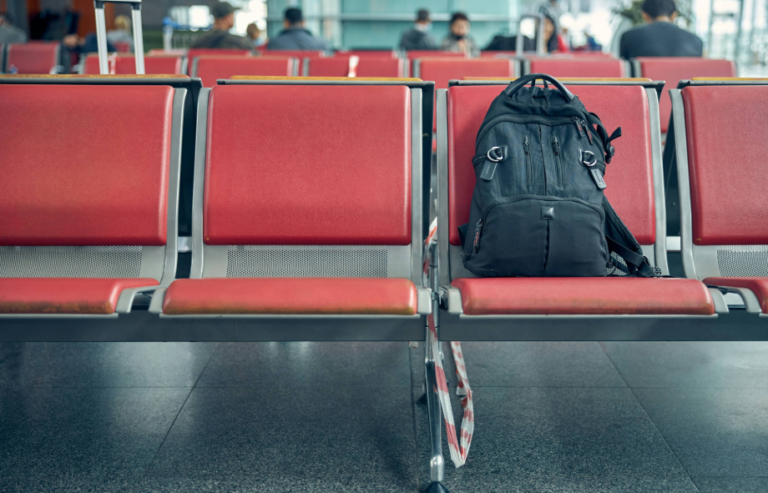Relocating a dog, cat, or other companion animal to Canada is perfectly achievable, but success hinges on planning, paperwork, and pet welfare. Drawing on Canadian Food Inspection Agency (CFIA) guidance and two decades of PetAir UK case files, these practical tips will help you navigate each stage confidently and keep your pet comfortable from the UK to Canada.
1. Begin Paperwork at Least 4 Months Out
- Export Health Certificate (EHC 2923) – Mandatory for cats and dogs leaving Great Britain. An Official Veterinarian must sign within 5 days of departure.(gov.uk)
- Rabies documentation – Canada recognises the UK as rabies‑free, yet you still need either a rabies vaccination certificate or a vet letter confirming the animal was born and lived exclusively in the UK.(inspection.canada.ca)
- Microchip – The microchip number must appear on all certificates; check it scans at your pre‑flight vet visit.
PetAir tip: Build a calendar counting back from travel day so that rabies vaccines (if needed) and EHC appointments fall in the correct windows.
2. Pick a Pet‑Friendly Airline and Route
- Cargo vs. cabin – For transatlantic flights, pets usually travel in the temperature‑controlled hold. Air Canada, KLM, and British Airways are the most commonly used carriers on our lane.
- Direct is best – Whenever possible, book a direct London Heathrow to Toronto, Vancouver, Montreal, or Calgary service to limit transfers.
Avoid peak temperature months – Airlines apply embargoes during extremes: mid‑July heat or January deep freeze. Aim for spring or autumn when conditions are moderate.
3. Choose the Right IATA‑Compliant Crate – and Train Early
- Sizing – Pet must stand without touching the roof and turn 360 degrees.
- Construction – Rigid plastic shell, escape‑proof metal door, leak‑proof floor, and ventilation on three sides.(iata.org)
- Crate training – Start 6–8 weeks before travel. Feed meals inside, play scent games, and gradually extend time with the door closed. A calm pet travels better.
4. Pre‑Flight Health & Hydration
- Final vet check – Book 48–72 hours before departure to confirm fitness to fly.
- Hydration – Freeze water in the bowls so it melts slowly in‑flight. Skip bulky meals 6–8 hours before hand‑in to reduce motion sickness.
No sedatives – CFIA and airline policies prohibit tranquilised pets; sedation can cause dangerous respiratory issues at altitude.
5. Timing Hand‑In and Connecting Flights
- Check‑in window – Most airlines require live‑animal cargo 4–6 hours before take‑off. Arrive early to avoid stress.
- Build cushion time – If a domestic UK road transfer is required, allow extra hours for traffic or weather‑related delays.
Trackable airway bill – Ensure your freight agent gives you the AWB number so you can follow progress online.
6. Clearing Canadian Customs Quickly
- Present EHC, rabies paperwork, and microchip details at CBSA’s inspection desk.
- Pay the inspection fee (approx. CAD 30–60 at larger airports).
- Collect your pet from the cargo facility once released – usually 1–2 hours after landing.
PetAir tip: Pre‑register with a local vet in case CBSA requests follow‑up health checks.
7. Prepare for Canada’s Climate Swing
- Winter readiness – Invest in insulated carriers, paw balms, and short initial walks to acclimate to −15 °C conditions.
Summer precautions – Even in July, some regions reach 30 °C. Provide cool mats and keep walks to early morning or late evening until your pet adjusts.
8. Update ID and Insurance Immediately
- Register your UK microchip on a database that accepts international addresses.
- Arrange Canadian pet insurance on arrival; vet fees are typically higher than in the UK.
9. Maintain Routine for Faster Settling
- Recreate feeding and walking schedules as closely as possible.
- Offer familiar bedding or toys with “home” scent to reduce anxiety.
- Begin positive exploration (new house, garden, nearby park) in short, supervised bursts.
10. Work With a Professional Pet Shipper
DIY pet moves are possible but paperwork errors or missed flight connections can cost thousands. PetAir UK coordinates:
- Vet liaison for EHC completion
- IATA crate supply and bespoke build‑outs
- Cargo booking and airway bill management
- Customs brokerage at Canadian airports
With over 20,000 successful global moves, we streamline the process so you and your pet arrive stress‑free.
Relocating pets across the Atlantic demands more than last‑minute admin. By starting early, respecting airline and CFIA rules, and prioritising your pet’s welfare, the journey to Canada can be smooth from paw‑shake to passport stamp.Ready for a tailored quote? Contact PetAir UK and let our relocation team handle the details while you focus on your new Canadian chapter.



